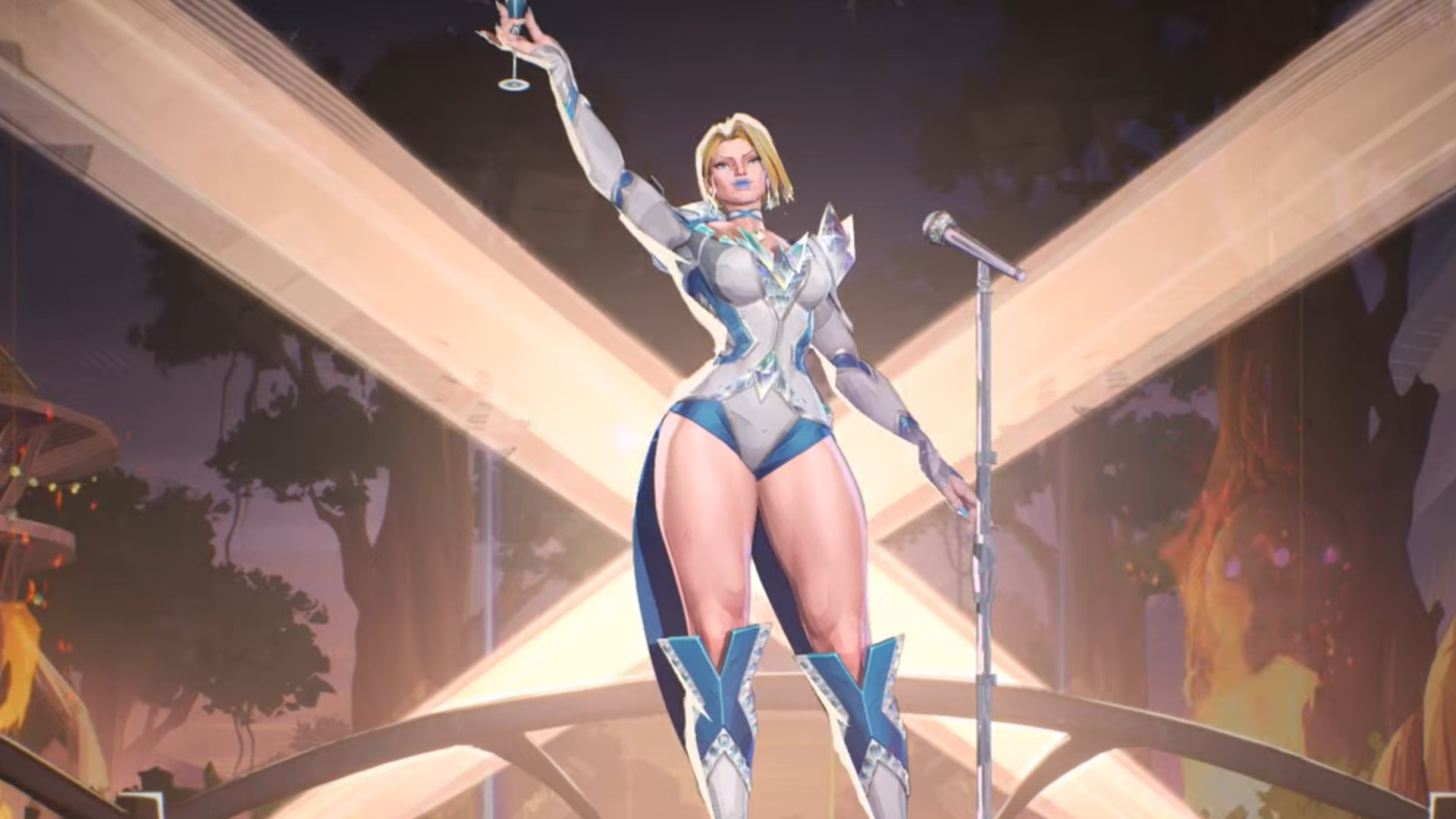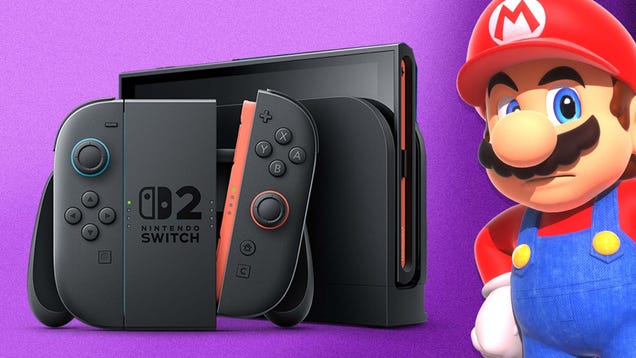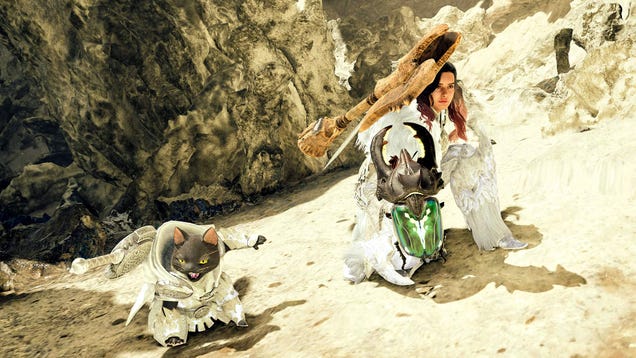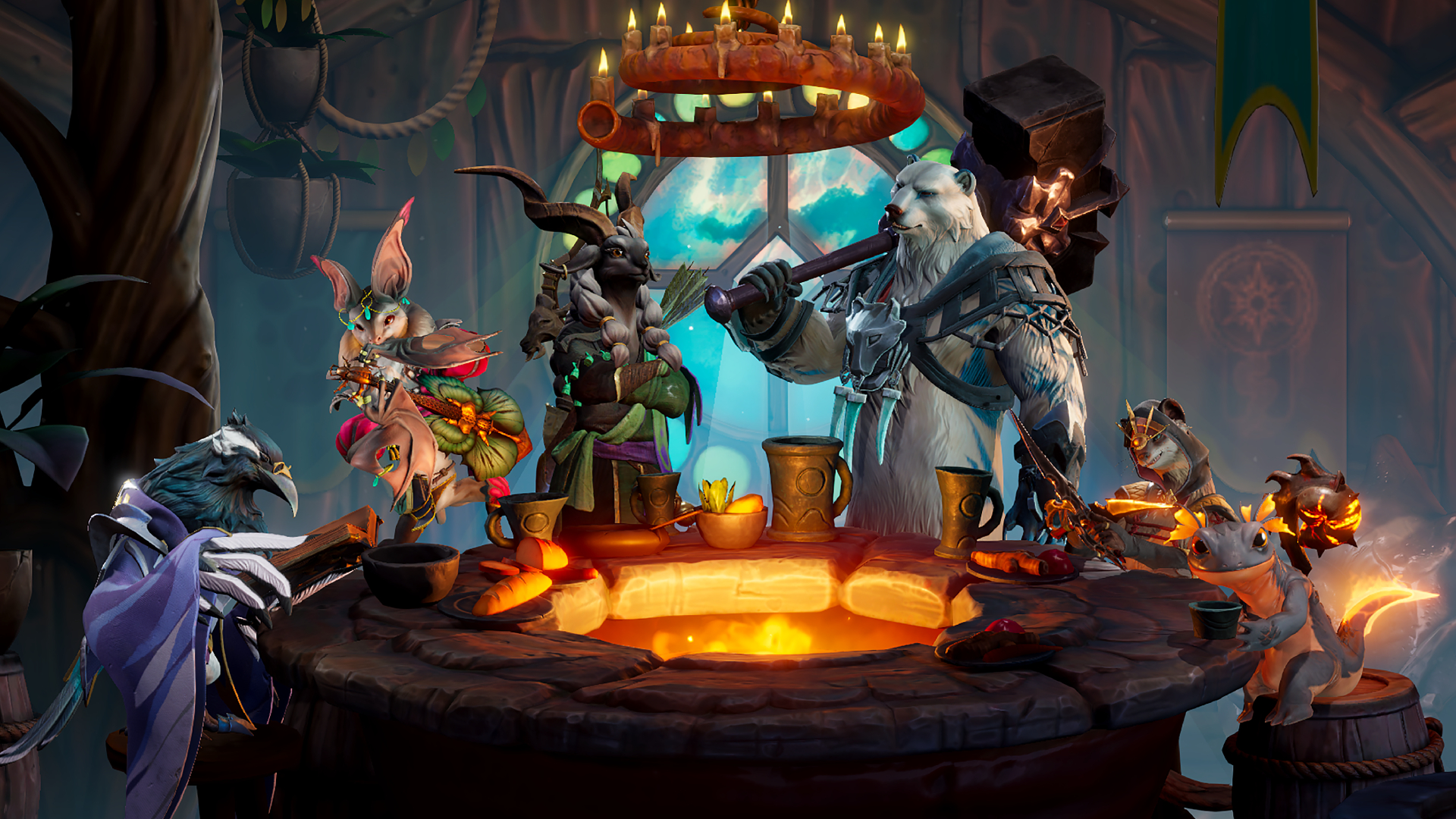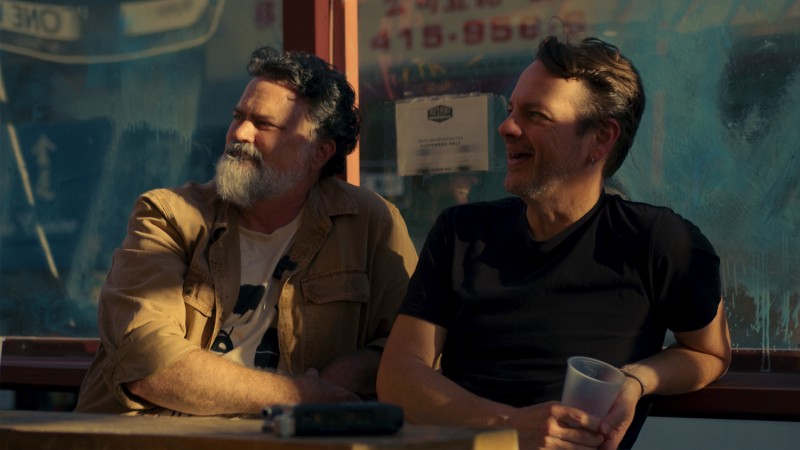
In 2012, Double Fine Productions launched a Kickstarter campaign to make an adventure game. At the time, the idea was that the adventure genre was dead – at least in the eyes of major publishers. However, as Double Fine founder Tim Schafer, who made his name working on point-and-click adventure games for LucasArts, seemed to think, there was still a sizable enough audience out there that someone should make a new one. Why not Double Fine? And why not go directly to the source – the fans – for the game's funding? In Double Fine's pitch, it theorized the then-unnamed project as a smaller game. The company asked for $400,000 from fans – specifically $300,000 to make the game and $100,000 to allow documentary crew 2 Player Productions to film the development. On that last point, Double Fine would also publish a documentary allowing for transparency in how the company used fan money. On February 8, 2012, the Kickstarter was launched. Within a few hours, it passed its original goal. Within the first day, over $1 million. And by the time the campaign closed a month later, it had raised, in total, $3,336,371. The successful Kickstarter proved at least two things: One, the adventure genre still had some life. And more importantly, crowdfunding was – to some degree – a completely viable option for game developers to use for project funding, bypassing the standard process of pitching projects to publishers and trying to raise funds. This all resulted in the game Broken Age, a two-part coming-of-age adventure game telling the dual stories of Vella and Shay. The once modest project ballooned into a massive lift for Double Fine, taking numerous years to see through and, controversially, more money than initially asked for in the Kickstarter. It also resulted in 2 Player's 20-part, 12-hour-long Double Fine Adventure documentary, one of the most complete and transparent looks we'd ever had into how games get made – at least until it did it again in early in 2023 with PsychOdyssey, showing the making of Psychonauts 2. It wasn't always pretty. Game development never is. It's a long, hard road, and Double Fine Adventure allowed people at home to see intimate details of the making of Broken Age. It gave Kickstarter backers an inside look at how their money was spent. It allowed them to have, sometimes hurtful, opinions over how the company handled business. They were often very vocal about their thoughts. It certainly didn't help that Gamergate, a harassment campaign targeting women and minorities in the game industry, happened then. And while there is a lot of joy, passion, and beauty in Broken Age and its documentary, there is an undeniable amount of struggle and pain. More than a decade later, revisiting Double Fine Adventure feels like watching the origins of the Double Fine we have today. It revisited crowdfunding many times after, including with Psychonauts 2, its biggest project, and still films just about everything within its walls. But, as of 2019, Microsoft owns Double Fine, meaning it doesn't have to pitch fans or publishers anymore. 2 Player has since been folded into the company, serving as an in-house documentary crew, and is arguably making projects far more in-depth now than it was ten years ago. With so much the same and so much different for the company, on a sunny day in San Francisco, Calif., where Double Fine is based, we gathered a group of current and former Broken Age leads and folks from 2 Player to reflect on the whole process. Over many hours and drinks, they had a frank, honest, and personal chat about what went right, wrong, and everything in between. They also talk about their feelings now a decade removed and how the entire process affected them as professionals and people. And lastly, what the whole thing meant to Double Fine at large. Special thanks to James Spafford.
In 2012, Double Fine Productions launched a Kickstarter campaign to make an adventure game.
At the time, the idea was that the adventure genre was dead – at least in the eyes of major publishers. However, as Double Fine founder Tim Schafer, who made his name working on point-and-click adventure games for LucasArts, seemed to think, there was still a sizable enough audience out there that someone should make a new one. Why not Double Fine? And why not go directly to the source – the fans – for the game’s funding?
In Double Fine’s pitch, it theorized the then-unnamed project as a smaller game. The company asked for $400,000 from fans – specifically $300,000 to make the game and $100,000 to allow documentary crew 2 Player Productions to film the development. On that last point, Double Fine would also publish a documentary allowing for transparency in how the company used fan money.
On February 8, 2012, the Kickstarter was launched. Within a few hours, it passed its original goal. Within the first day, over $1 million. And by the time the campaign closed a month later, it had raised, in total, $3,336,371.
The successful Kickstarter proved at least two things: One, the adventure genre still had some life. And more importantly, crowdfunding was – to some degree – a completely viable option for game developers to use for project funding, bypassing the standard process of pitching projects to publishers and trying to raise funds.
This all resulted in the game Broken Age, a two-part coming-of-age adventure game telling the dual stories of Vella and Shay. The once modest project ballooned into a massive lift for Double Fine, taking numerous years to see through and, controversially, more money than initially asked for in the Kickstarter.
It also resulted in 2 Player’s 20-part, 12-hour-long Double Fine Adventure documentary, one of the most complete and transparent looks we’d ever had into how games get made – at least until it did it again in early in 2023 with PsychOdyssey, showing the making of Psychonauts 2.
It wasn’t always pretty. Game development never is. It’s a long, hard road, and Double Fine Adventure allowed people at home to see intimate details of the making of Broken Age. It gave Kickstarter backers an inside look at how their money was spent. It allowed them to have, sometimes hurtful, opinions over how the company handled business. They were often very vocal about their thoughts. It certainly didn’t help that Gamergate, a harassment campaign targeting women and minorities in the game industry, happened then. And while there is a lot of joy, passion, and beauty in Broken Age and its documentary, there is an undeniable amount of struggle and pain.
More than a decade later, revisiting Double Fine Adventure feels like watching the origins of the Double Fine we have today. It revisited crowdfunding many times after, including with Psychonauts 2, its biggest project, and still films just about everything within its walls. But, as of 2019, Microsoft owns Double Fine, meaning it doesn’t have to pitch fans or publishers anymore. 2 Player has since been folded into the company, serving as an in-house documentary crew, and is arguably making projects far more in-depth now than it was ten years ago.
With so much the same and so much different for the company, on a sunny day in San Francisco, Calif., where Double Fine is based, we gathered a group of current and former Broken Age leads and folks from 2 Player to reflect on the whole process. Over many hours and drinks, they had a frank, honest, and personal chat about what went right, wrong, and everything in between. They also talk about their feelings now a decade removed and how the entire process affected them as professionals and people. And lastly, what the whole thing meant to Double Fine at large.
Special thanks to James Spafford.

